Orthodontic treatment involves the use of a variety of oral appliances. These appliances aim to move the teeth, promote healthy growth of the jaws, or hold the teeth in a certain position. Orthodontic appliances can be attached to the teeth or removable by the patient.

The goal of retainers is to “retain” the teeth in their current position. We typically prescribe retainers at the end of orthodontic tooth movement to hold the teeth in their final treatment position. When worn consistently, retainers can maintain your smile for decades!
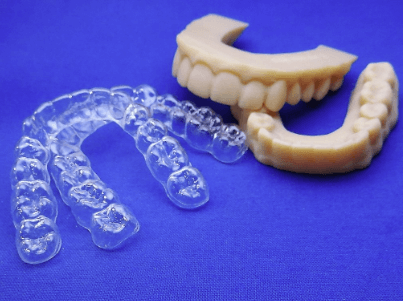
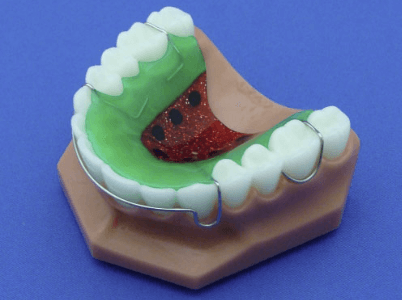
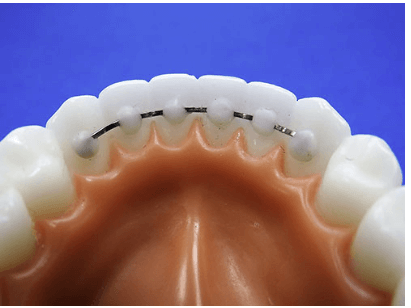
Palatal expanders are orthodontic appliances that promote the growth of the jaws. When the upper jaw is too narrow to allow all of the teeth to come into the mouth in the right position, your orthodontist can widen the dental arch to create space. This type of treatment must occur while the patient is still growing, which means it is not an option for fully-grown adults with narrow arches.
Expanders require the involvement of the patient and the parent at home by “turning” or making incremental adjustments to the appliance 2-3 times per week for 2-3 months, followed by a “holding period” for an additional few months before it is removed. Palatal expansion may be used “alone” in early orthodontic treatment or your orthodontist may incorporate the use of brackets and wires.
A Lip Bumper is an orthodontic appliance used to create more space for the lower teeth. The orthodontic movement is actually passive – the lip bumper itself does not move the teeth.
The lips and cheeks can exert powerful inward forces that hold the teeth in their current position and prevent them from moving forward. A lip bumper creates a small barrier between the muscles in the lips and cheeks and the teeth. This space allows those teeth to move forward and “uncrowd.”
The bumper is connected to the teeth via small tubes in bands that are placed around the molars. The appliance is typically worn 24/7, only to be removed as needed for cleaning and brushing your teeth. There may be a brief adjustment period when the patient first begins wearing the lip bumper which does not last more than a few days.
Head gears are not as common today as they were in past decades. The purpose of head gear is to promote and guide the growth of the upper and lower jaws. When a patient suffers from a bite discrepancy that stems from a problem with the actual jaw bones, head gear can help correct it.
The name of head gear comes from the fact that the appliance connects to bands inside the mouth to straps on the outside of the head to provide anchorage and exert pulling or pushing forces on the jaws.
Head gear works during periods of growth, so it is not typically used on adult patients with major bite problems. While there are alternatives to head gear that use appliances inside the mouth, some cases will experience the best results with head gear. Most patients only need to wear the head gear appliance at home and during sleep, so embarrassment is minimized.
A Forsus orthodontic appliance is a wonderful tool for correcting bite problems during active growth stages. This fixture can produce some of the same movements as head gear, but it is completely intraoral (the entire appliance fits inside the mouth).
The Forsus appliance involves a spring that connects the upper and lower teeth by attaching to the brackets and wires of traditional braces. The spring helps to add pressure that will promote and guide forward growth of the lower jaw. The spring resides on the cheek side of the teeth, and most patients need it on both sides of the mouth. In some cases, a patient could need the appliance on only one side of the mouth if there was asymmetric growth.
Your orthodontist attaches the Forsus appliance to the brackets and wires already in the mouth, and, like the brackets and wires, the patient cannot remove it. This aspect of the Forsus improves is effectiveness because it does not rely on the patient to insert and remove it every day. Once in place, it remains active until the orthodontist removes it.
Some patients may experience discomfort in the first few days to a week after getting the Forsus appliance. The most common symptoms are soft tissue irritations from the spring rubbing against the inside of the cheeks. These typically only last a few days as the mouth adjusts to the presence of the appliance.
A pendulum appliance works to accomplish a very specific movement of the upper molars. When children lose a baby tooth early and do not have anything holding the space open, often the permanent teeth can come in and close the space needed for future permanent teeth to come in.
This often causes the back teeth to collapse toward the front of the mouth, and then there is no space for the underlying permanent premolars to come into the dental arch. This causes a condition known as impaction. A simple definition of an impacted tooth is one that is blocked from coming into its proper position in the mouth.
A pendulum appliance works to push the upper molars back into their rightful position. This appliance rests against the roof of the mouth and using coiled wires, applies pressure on the molars to move them toward the back of the mouth. The pendulum appliance is used to accomplish a specific type of movement and is only one part of comprehensive orthodontic treatment.
The orthodontist inserts and attaches the appliance to the patient’s teeth and activates it for movement. It is not removable by the patient or the patient’s parent. It stays in the mouth, attached to the teeth, until its desired movement is completed.
Some patients will experience the generalized discomfort of tooth movement. There can also be irritation on the roof of the mouth and the tongue as those soft tissues adjust to the presence of the appliance. Typically, all of these symptoms resolve completely within the first week of wearing the pendulum appliance.
The pendulum appliance is a wonderful tool your orthodontist can use to achieve the proper bite arrangement between the upper and lower teeth. We typically only use it in young children who do not yet have their second molars (a.k.a twelve year molars).
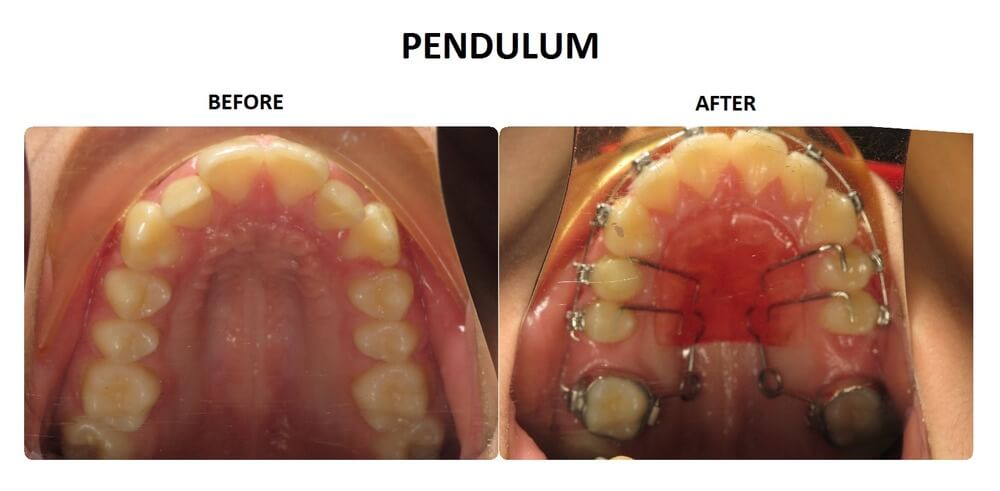
Elastics, as you may imagine, are small rubber bands that your orthodontist uses to add a specific angle and amount of force to a tooth or teeth. Elastics have a wide variety of applications in orthodontics, which means there are many different ways your orthodontist may prescribe their use. That means you must follow your specific instructions and not try to imitate the pattern another patient may be following.
Elastics, being elastic, exert a pulling force. In many cases, an elastic wraps around brackets on two different teeth. The location of the teeth determines the angle of the pulling force. For instance, your orthodontist may prescribe an elastic around the brackets of two neighboring teeth that have a gap between then. The pulling force exerted by the elastic will draw the teeth together.
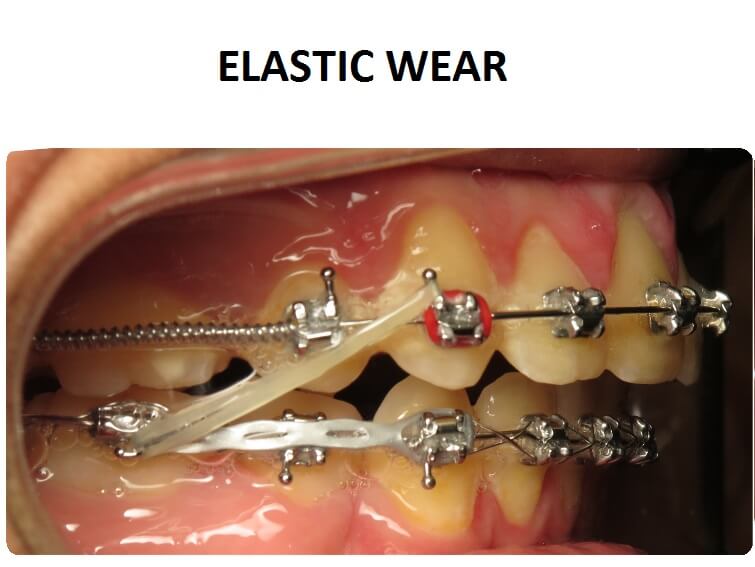
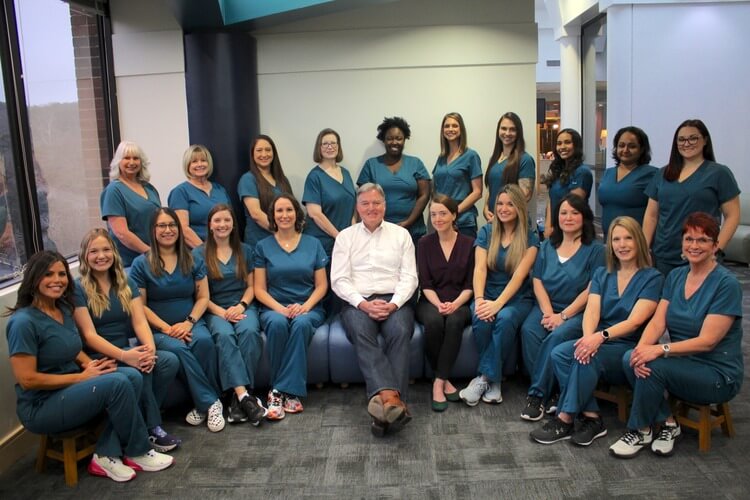
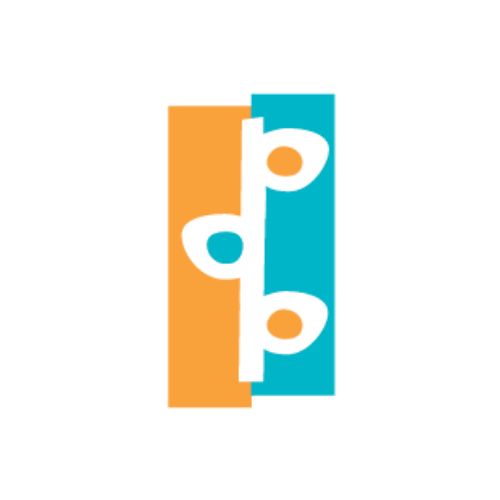
Our team has delivered outstanding pediatric dental care in North Austin for over 45 years. We are committed to providing our community with safe, gentle, high-quality dental care.
Should you have any questions or concerns regarding your dental care, we are more than happy to discuss how you can achieve a beautiful and healthy smile.
As a top pediatric dentist in North Austin, we have helped hundreds of families achieve their oral health goals and are eager to help you and your family do the same.
Pediatric Dental Professionals © 2025 | All Rights Reserved